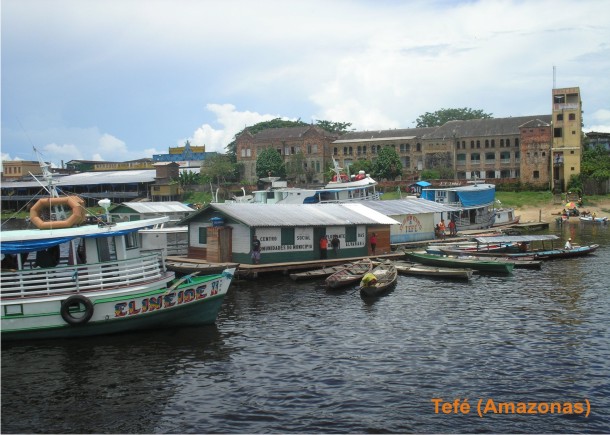A COMPLEXIDADE GENÉTICA DO URBANO EM RORAIMA (The genetic complexity of urban areas in Roraima)
DOI:
https://doi.org/10.5654/acta.v5i11.542Palavras-chave:
Determinantes, gênese, Roraima, urbano.Resumo
A urbanização de Roraima é um processo que pode ser definido como tardio, incipiente e precário. Não há uma definição clara de formação de uma rede urbana e, sim, de uma macrocefalia urbana exagerada e sem perspectivas de ser alterada. Com a abertura das rodovias e a pavimentação delas, porém, uma nova realidade surge. Diversos aglomerados se formam, proporcionando uma nova configuração espacial com a distribuição dos lugares no espaço territorial roraimense. A integração do Estado de Roraima com o do Amazonas, mais precisamente com Manaus, assim como com a Venezuela e com a Guiana, através das rodovias, proporcionou uma nova configuração e novos aglomerados humanos se distribuem ao longo desses percursos. Atualmente, é possível falar de uma continuidade “urbana”, ao longo das rodovias, organização inexistente até bem pouco tempo atrás. Além do mais, destacamos que a instituição do que seria no futuro as cidades de Roraima se deu, em princípio, por meio principalmente de uma linha de penetração, utilizando os rios, o que denominamos de sistema flúvio-linear, quando diversos lugares surgiram e se estabeleceram. O evento rodoviário reedita depois o mesmo trajeto fluvial percorrendo o território de norte a sul e também, em parte, de leste a oeste, com um novo sistema, que passamos a denominar de sistema rodoviário-linear, reformulando os movimentos e processando um novo modelo de localização de lugares em Roraima. Palavras-chave: determinantes; gênese; Roraima; urbano. ABSTRACT The urbanization of Roraima is a process that could equally be described as overdue, embryonic and precarious. There is no real plan for the formation of an urban network, but rather an exaggerated urban macrocephaly, with no imminent perspective for change. However, with the construction of new paved highways, a new reality is dawning. Several urban agglomerates are forming, resulting in a new spatial configuration with regards to the distribution of towns throughout the territory of the state of Roraima. The overland route, by means of highways, between the State of Roraima and the State of Amazonas, more particularly to the state capital Manaus, as well as to the neighboring countries of Venezuela and Guyana, has produced a new configuration with new human agglomerates cropping up along these transportation routes. Currently, it is possible to discern an “urban” continuity along these highways, something that was inexistent a very short time ago. Furthermore, we emphasize that the institution of what were to become the urban centers of Roraima initially came about along a line of penetration that we call a fluvio-linear system, with rivers as the main vectors. This resulted in the appearance and establishment of several new urban centers. The highway event is a repeat of the same fluvial trajectory, running through the territory from north to south and also, partially, from east to west, with a new system called the highway-linear system, which reformulates the old movements and processes into a new model for the establishment of urban centers in Roraima. Keywords: determinants; genisis; Roraima; urban. DOI:10.5654/actageo2011.0001.0007Downloads
Downloads
Edição
Seção
Licença
PORTUGUÊS A Revista ACTA Geográfica deterá os direitos autorais dos trabalhos publicados. Os direitos referem-se a publicação do trabalho em qualquer parte do mundo, incluindo os direitos às renovações, expansões e disseminações da contribuição, bem como outros direitos subsidiários. Os(as) autores(as) têm permissão para a publicação da contribuição em outro meio, impresso ou digital, em português ou em tradução, desde que os devidos créditos sejam dados à Revista ACTA Geográfica.
ENGLISH ACTA Geográfica Journal will obtain the auctorial rights for all published texts. This also implies that the text can be published anywhere in the world, including all rights on renewal, expansion and dissemination of the contribution, as well as other subsidiary rights. The author’s get permission to publish the contribution in other medias, printed or digital, itmay be in Portuguese or translation, since the publication is credited to ACTA Geográfica Journal.

Este obra está licenciado com uma Licença Creative Commons Atribuição 4.0 Internacional.










